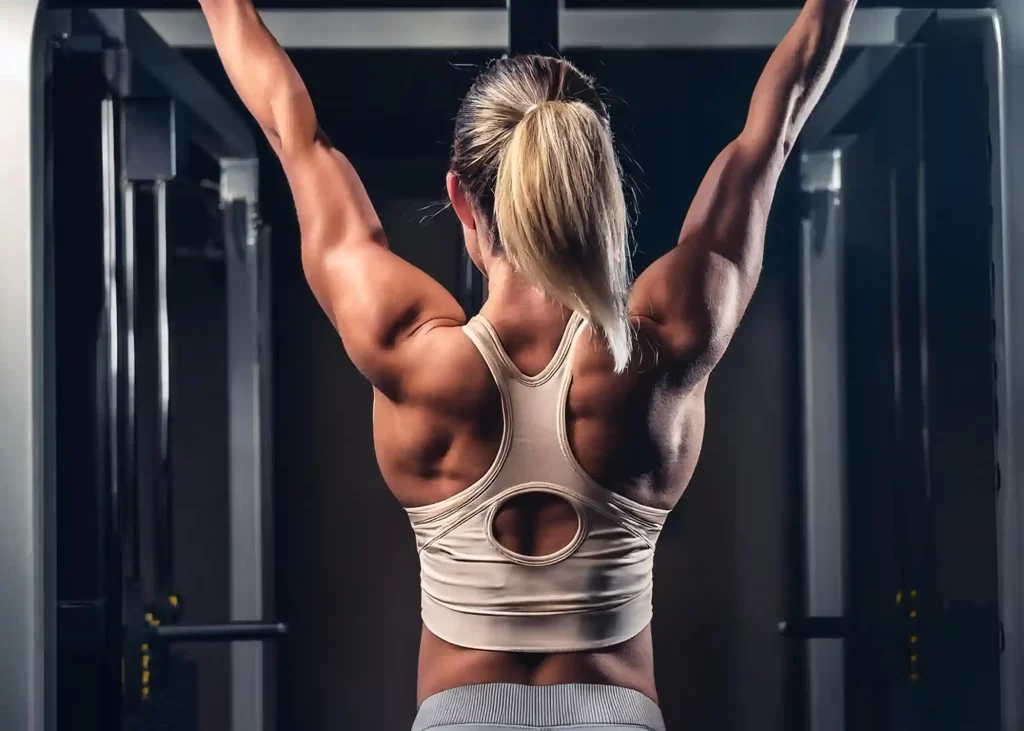When you’re just getting started with your fitness journey, one of the first things you’ll need to decide is which type of exercise routine is right for you. Two of the most popular options are calisthenics and weightlifting. Both have their own benefits, but which is better for beginners? In this post, we’ll compare calisthenics vs weightlifting by presenting the main differences between the two, what they each have to offer and how you can decide which is best for you.
What is Calisthenics?
Calisthenics is a form of exercise that uses your body weight to build strength, flexibility, and endurance. Think of exercises like push-ups, squats, pull-ups, and planks — all movements that don’t require equipment but still get your heart pumping.
What is Weightlifting?
Weightlifting is a bit different. It involves lifting external weights, such as dumbbells, barbells, or kettlebells, to build muscle and strength. It’s a popular activity in gyms, where you can use a wide range of equipment.
Now, let’s compare calisthenics vs weightlifting based on different factors.
1. Strength Gains
- Calisthenics: With calisthenics, you’re training to improve your functional strength — the kind of strength you use in everyday activities. Over time, you’ll gain the ability to control and manipulate your body more efficiently. However, calisthenics can be challenging for targeting certain muscle groups (e.g., back or shoulders) in isolation.
- Weightlifting: Weightlifting is often better for building maximum strength and muscle size. With weights, you can easily target specific muscle groups, making it a more efficient way to develop muscle mass. Beginners often find it easier to progress quickly with weightlifting because you can gradually increase the load by adding more weight.

2. Convenience and Cost
- Calisthenics: One of the biggest advantages of calisthenics is that it requires little to no equipment. You can train anywhere — at home, in a park, or in your living room. This makes it a cost-effective option, especially if you don’t want to invest in gym memberships or equipment.
- Weightlifting: Weightlifting usually requires a gym or a home setup with weights and other gear, which can be costly. If you’re someone who prefers going to the gym, this might not be an issue, but if you want to work out at home, you’ll need to invest in weights and potentially a bench or rack.
3. Learning Curve
- Calisthenics: Calisthenics is a bit more challenging for beginners, especially when it comes to exercises like pull-ups, handstands, or more advanced moves. It’s a good idea to start with modified versions of exercises (like knee push-ups or assisted pull-ups) and then gradually build strength. One of the best things about calisthenics is that you learn to control your body, which can be really rewarding.
- Weightlifting: Weightlifting is often a more straightforward option for beginners, as most gyms offer machines designed to guide you through the movement. When it comes to free weights, it’s really important to learn the right form to avoid injury. But many beginners find it easier to grasp because you can see the progression in a linear way (you add more weight over time).
4. Progression
- Calisthenics: Progression in calisthenics comes from increasing the difficulty of the movements (e.g., progressing from push-ups to one-arm push-ups). This can be a slower process, as it takes time to master certain skills and movements.
- Weightlifting: Weightlifting is a bit more straightforward in terms of progression. You simply add more weight. This makes it easier for beginners to track their progress and feel a sense of accomplishment more quickly. If you’re looking to build strength and muscle size, weightlifting can help you see results faster.
5. Injury Risk
- Calisthenics: Calisthenics is a good choice for beginners because it involves bodyweight exercises, which are generally safer. Your muscles and joints are less likely to be overloaded because your body weight naturally limits the intensity. That said, if you don’t get the form right (especially with exercises like pull-ups or dips), you can still end up injured. So it’s important to focus on technique.
- Weightlifting: Weightlifting carries a higher risk of injury, particularly if you’re lifting heavy without proper form. It’s really important for beginners to learn the right way to do each lift and not to push themselves too hard too soon. It’s important to start with lighter weights and gradually increase as you get stronger to help prevent injury.
6. Long-term Goals
- Calisthenics: If you’re looking to build functional strength, improve flexibility, and achieve a lean, athletic physique, calisthenics might be the way to go. With time, you can learn to control your body in impressive ways and perform more advanced movements like muscle-ups or handstand push-ups.
- Weightlifting:If you’re looking to gain significant muscle mass and strength, weightlifting is a great way to go. It’s great for those who want to focus on building muscle and lifting heavier weights over time.
Which One Should You Choose?
Choose Calisthenics if:
- You enjoy mastering bodyweight movements.
- Υou prefer working out with minimal equipment.
- You want to build functional strength and improve flexibility.
- You’re on a budget and want a cost-effective fitness routine.
Choose Weightlifting if:
- You want to build muscle mass and increase strength quickly.
- You have access to a gym or home weightlifting setup.
- You enjoy tracking your progress through lifting heavier weights.
- Your primary focus is on muscle size and strength gains.
There’s no right or wrong answer when it comes to choosing between calisthenics and weightlifting. Both have their own unique benefits, and the best option depends on your personal goals, preferences, and lifestyle. If you’re just starting out, try mixing both into your routine and see which one you like the best. The most important thing is to stay consistent and enjoy the process of building strength and fitness!
